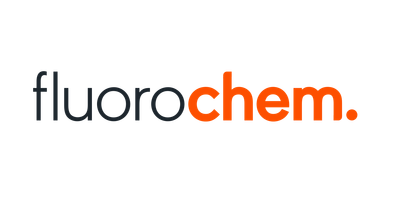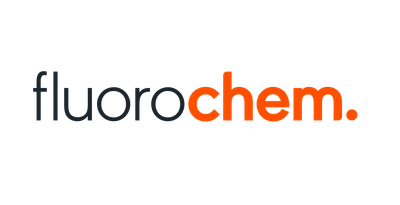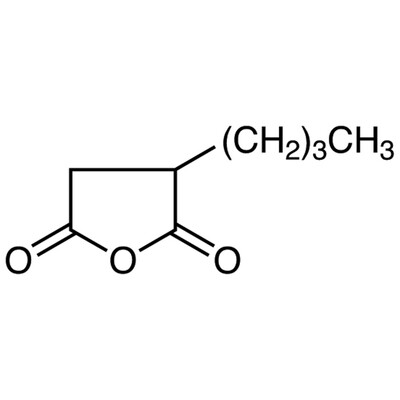Benzaldehyde 99.8 +%, pure, FCC, food grade 1 Liter in glazen fles
Beaker glasses are versatile laboratory instruments that are used for various applications in scientific and industrial environments. They are designed to contain liquids, mix, heat and measure, and are often used in chemical, organic and pharmaceutical laboratories.
The most important goal of beaking is to make accurate measurements of liquids possible. They are available in different sizes, ranging from a few milliliters to a few liters, making them suitable for both small and large quantities of liquids. Beaker glasses have a wide, cylindrical shape with a flat bottom and a spout for simple pouring.
Bekerglazen are used to mix different chemicals or solutions. They are equipped with size distributions, making accurate measurements possible. This makes it easy to add the right amount of each substance and to obtain a homogeneous mixture. The use of beaker glasses for mixing chemicals is essential to initiate reactions and to determine the properties of the resulting solution.
In addition, beaker glasses are also used for heating liquids. They are made of heat -resistant glass, such as borosilicate glass, which is resistant to high temperatures. This makes it possible to place cups directly on a heat source, such as a Bunsen burner. Heating liquids in beaking is important for various applications, such as evaporating solvents, performing chemical reactions at high temperatures and sterilizing samples.
Safety instructions When using beaking, are of great importance to prevent accidents and injury. Here are some important safety guidelines:
1. Always wear personal protective equipment, such as a laboratory jacket, gloves and safety glasses, when working with beaking.
2. Check the beaker for any damage or cracks before using them. Never use a damaged beaker because this can lead to leakage or break during use.
3. Always place beaks on a stable surface to prevent falling over. Make sure the surface is flat and sturdy.
4. Avoid overflowing beaks because this can lead to spilling and splashing of liquids. Never fill beaks more than two thirds of their capacity.
5. Be careful when heating beaks. Always use a heat -resistant bottom and keep the flame of the heat source away from the upper edge of the beaker to prevent overheating and breakage.
6. Allow beaks to cool before touching or moved them after heating. The glass can still be hot and cause burns.
7. Clean beaker blowns thoroughly after use to prevent cross -contamination of chemicals. Use suitable cleaning agents and rinse them thoroughly with distilled water.
By following these safety instructions, you can use beakers safely and effectively for various laboratory applications. It is important to always take the correct precautions and take the necessary safety measures to prevent accidents and to guarantee a safe working environment. & Lt; P> HR & GT; & lt; P> Please note: the text and danger indication are only if Example intended and may not be considered the actual information. Lab-O-Rama accepts no liability for the incorrect use of this information or the consequences thereof. For accurate and specific information, users must consult the Material Safety Data Sheet (MSDS) that is automatically provided after the successful placement of an order, can be downloaded or requested through our customer service. You must always adhere to national and international regulations for the correct application of a substance.
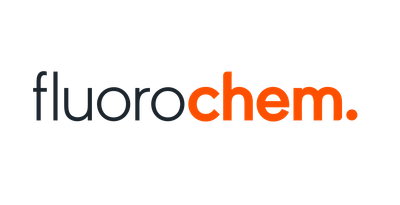
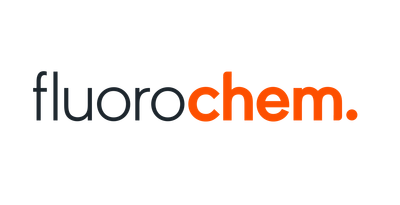
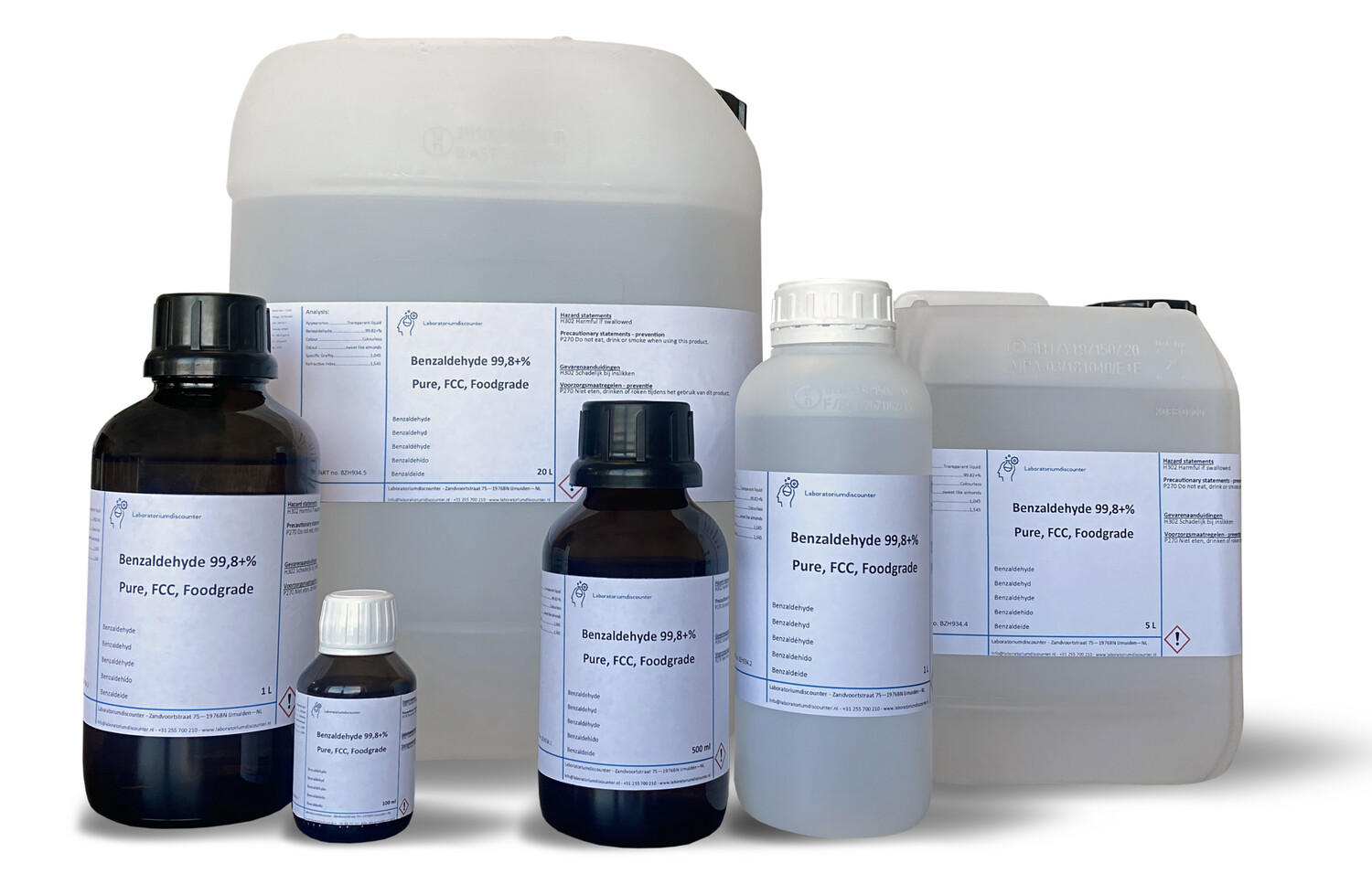
![[S(R)]-N-[(R)-[2-(Dicyclohexylphosphanyl)phenyl](4-(tert-butyl)phenyl)methyl]-N,2-dimethyl-2-propanesulfinamide, 95%, 25mg [S(R)]-N-[(R)-[2-(Dicyclohexylphosphanyl)phenyl](4-(tert-butyl)phenyl)methyl]-N,2-dimethyl-2-propanesulfinamide, 95%, 25mg](https://d2j6dbq0eux0bg.cloudfront.net/images/88473019/4856240601.png)
![5-[(tert-Butoxycarbonyl)amino]-2-chloroisonicotinic acid, 97.0%, 1g 5-[(tert-Butoxycarbonyl)amino]-2-chloroisonicotinic acid, 97.0%, 1g](https://d2j6dbq0eux0bg.cloudfront.net/images/88473019/4863975611.png)
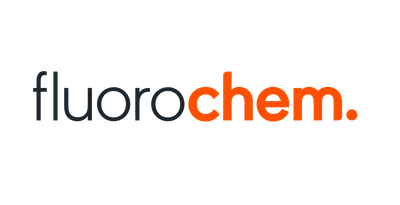
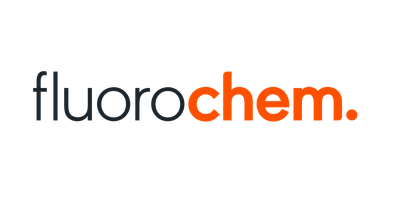
![3-(4,4,5,5-Tetramethyl-1,3,2-dioxaborolan-2-yl)-1H-pyrrolo[2,3-b]pyridine, 95.0%, 5g 3-(4,4,5,5-Tetramethyl-1,3,2-dioxaborolan-2-yl)-1H-pyrrolo[2,3-b]pyridine, 95.0%, 5g](https://d2j6dbq0eux0bg.cloudfront.net/images/88473019/4859943932.png)

![N-(1,5-dimethyl-3-oxo-2-phenyl-2,3-dihydro-1H-pyrazol-4-yl)-3-methyl-1-phenyl-1H-thieno[2,3-c]pyrazole-5-carboxamide, 95%, 50mg N-(1,5-dimethyl-3-oxo-2-phenyl-2,3-dihydro-1H-pyrazol-4-yl)-3-methyl-1-phenyl-1H-thieno[2,3-c]pyrazole-5-carboxamide, 95%, 50mg](https://d2j6dbq0eux0bg.cloudfront.net/images/88473019/4780629723.png)
